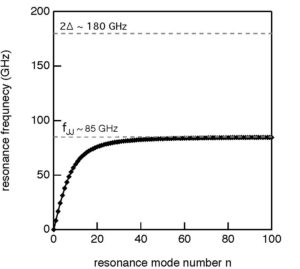- Home
- Institut Néel
- Research teams
- Technical Groups & Services
- Work at the Institut
- Partnerships
F. Levy-Bertrand, A. Benoît, O. Bourrion, M. Calvo, A. Catalano, J. Goupy, F. Valenti, N. Maleeva, L. Grünhaupt, I. M. Pop, and A. Monfardini
Physical Review Applied 15, 044002 (2021)
DOI : 10.1103/PhysRevApplied.15.044002
Article here

